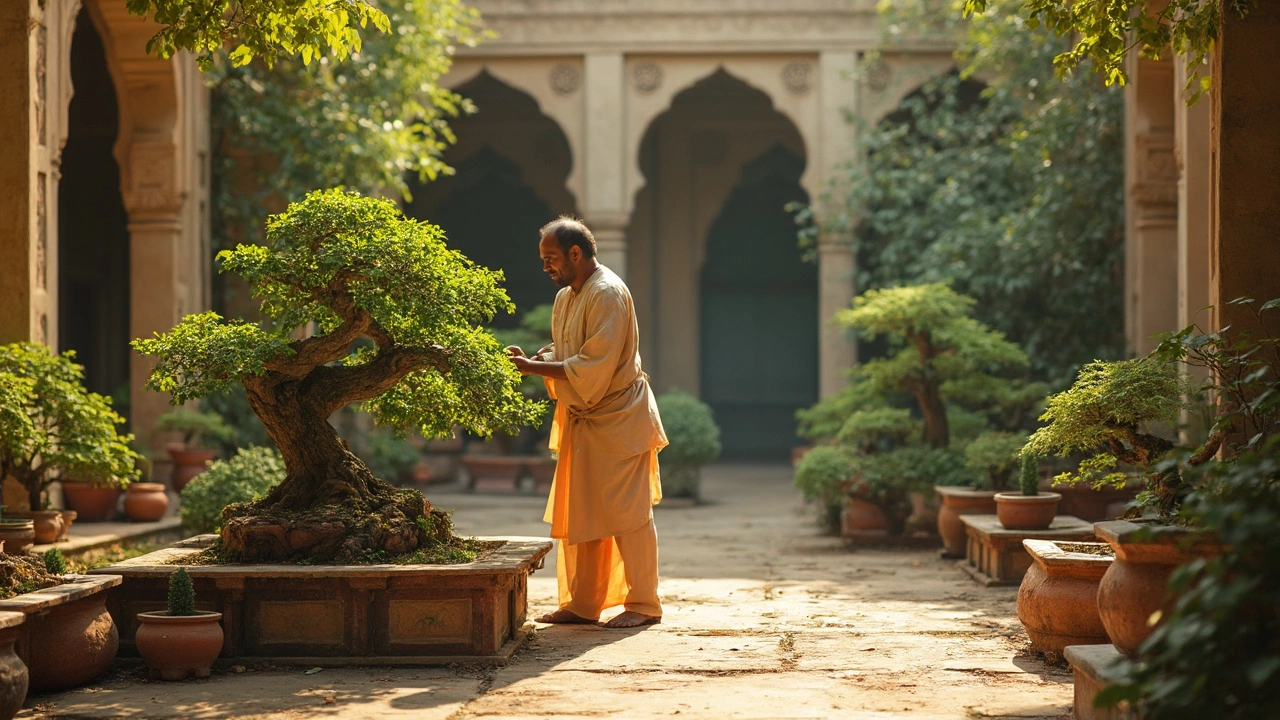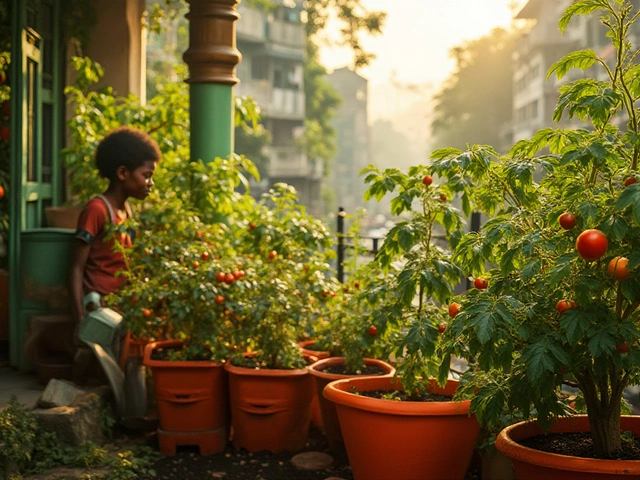Bonsai Mistakes You Should Stop Making Today
If you love bonsai, you’ve probably seen a few rookie errors that can ruin a tiny tree. The good news is most of these slip‑ups are easy to spot and fix. Below we break down the biggest pitfalls and give you clear steps to get back on track.
Watering Errors
Water is the biggest factor in bonsai health, and getting it wrong can kill a tree fast. Many beginners either drown the roots by watering too often or dry them out by waiting too long. The rule of thumb: check the soil surface daily. If the top 1‑2 cm feels dry, water until you see a gentle flow from the drainage holes. Never let the pot sit in a saucer full of water – that creates soggy roots and root rot.
Another common mistake is using cold tap water straight from the faucet. Sudden temperature shocks can stress the roots. Let the water sit for a few minutes to reach room temperature, or use filtered rainwater when possible. This simple step makes a noticeable difference in leaf vigor.
Pruning and Wiring Slip‑ups
Pruning shapes the bonsai, but cutting too much at once can weaken the tree. A safe rule is to remove no more than a third of the foliage in a single session. Start with the dead or damaged branches, then gradually thin out the rest over a few weeks. This approach keeps the tree’s energy balanced.
Wiring is useful for guiding branches, yet many newbies wrap the wire too tightly or leave it on for months. Tight wire cuts into the bark, causing permanent scars. Wrap the wire just snug enough to hold the branch, and check it every two weeks. When the branch has set in its new position, cut the wire to avoid over‑binding.
Sun exposure mistakes also pop up often. Bonsai love bright light, but too much direct afternoon sun can scorch the leaves, especially for tropical species. Place the tree where it gets morning sun and afternoon shade, or use a sheer curtain to filter harsh rays.
Soil mix errors are another hidden danger. Using garden soil or a single medium leads to poor drainage and compaction. A good bonsai mix combines akadama, pumice, and lava rock in ratios that match the species. If you’re not sure, start with a pre‑made commercial blend and adjust as needed.
Fertilizing mistakes are easy to avoid with a simple schedule. Most beginners either skip feeding entirely or over‑feed, thinking more nutrients mean faster growth. In reality, bonsai need balanced, low‑dose fertiliser every four weeks during the growing season. Follow the package instructions and cut the dose in half for young trees.Lastly, pest and disease checks are often ignored until it’s too late. Inspect leaves weekly for discoloured spots, webbing, or sticky residue. A quick spray of neem oil or insecticidal soap can halt infestations before they spread.
By watching these common errors and applying the fixes above, you’ll see healthier foliage, stronger roots, and a more attractive shape. Bonsai is a slow art, so patience and consistency beat shortcuts every time.
Ready to give your mini tree a fresh start? Pick one mistake from the list, correct it today, and watch the difference grow week by week.

What Not to Do with Bonsai: Care Tips to Avoid Pitfalls
Caring for bonsai can be an art, but it's easy to make mistakes that hinder their growth. This article highlights common pitfalls to avoid when nurturing these miniature wonders. From over-watering to improper pruning, learn what actions might harm your bonsai and how to foster a thriving environment instead. Discover straightforward tips for nurturing your bonsai and ensuring their long-term health.
About
Bonsai Care
Latest Posts


Top Fruit Trees for Balcony Gardens: Easy and Delicious Options
By Alden Thorne Jan 5, 2025

Who First Discovered Rice? Tracing the Ancient Roots of Rice Cultivation
By Alden Thorne Jul 29, 2025

How to Successfully Grow Tomatoes on Your Balcony
By Alden Thorne Jan 16, 2025
